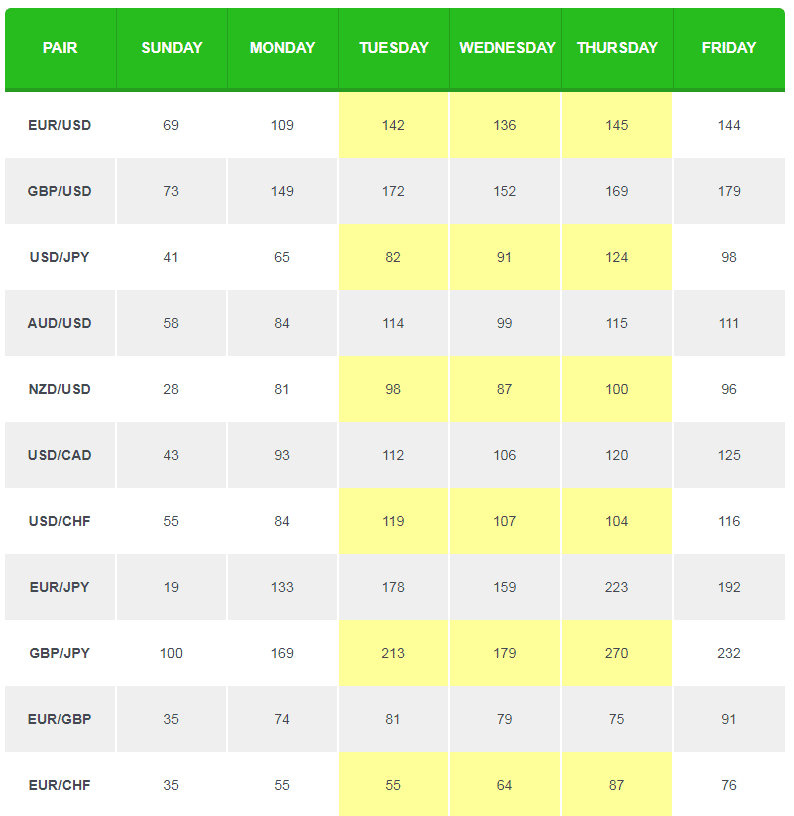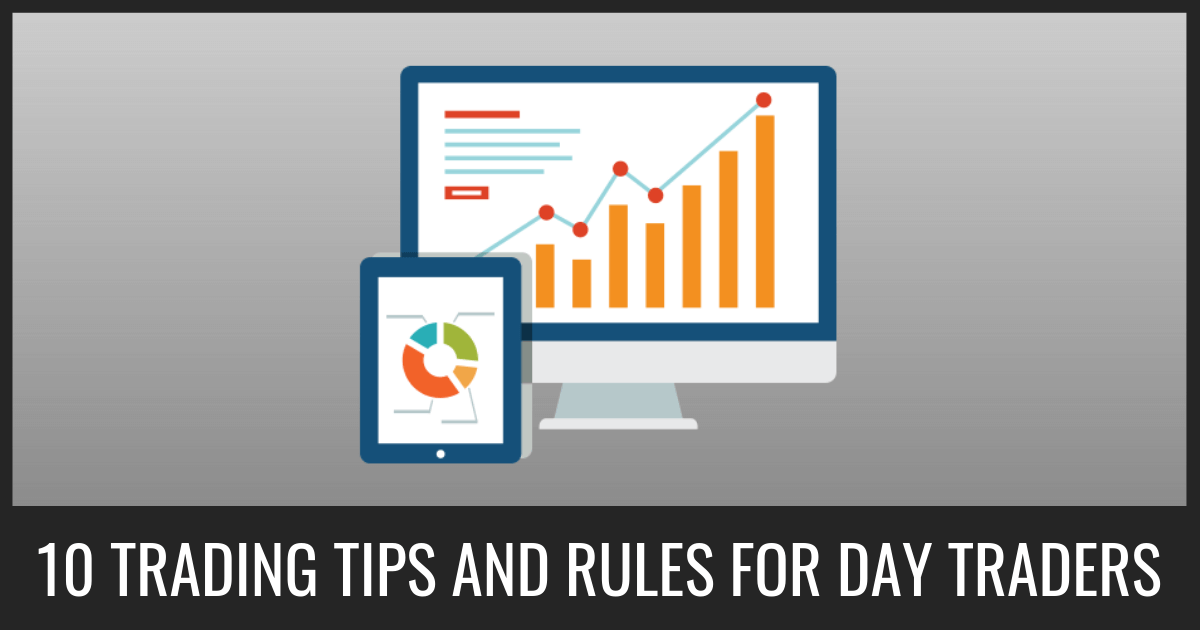
Jim Cramer’s bullish stock market predictions are helping many people to make big gains in stock market. This article will discuss the advantages of building a portfolio with cramer stocks. We will also discuss how you can invest in these stock. Read on to learn more. Jim Cramer's bullish stock-market predictions are well worth your attention. Here are some ways to make cramer stocks part of your portfolio:
Building a portfolio with cramer stocks is a great way to reap the benefits
Jim Cramer is a CNBC host, who has made it a career out of telling people what stocks to invest in. While it is true that you should only trade if you can afford the risk, he still advises people to understand their personal goals and avoid the high-risk investments. Bear Stearns was, at one time, his favorite stock, but its value has dropped to over 80%.

According to a Wharton School study, Jim Cramer’s Action Alerts PLUS portfolio outperformed the S&P 500 Index in 17 years. The average return of the action alerts PLUS portfolio was 4% per annum, while that of the S&P 500 Index was 7%. Only 3% is the difference between Jim Cramer’s picks and S&P 500 Index’s average return. While a long/short ETF of the type of hedge fund would isolate Cramer's factor, it would probably not pop due to the offsetting positions.
Jim Cramer's bullish outlook regarding stocks
While some investors may be skeptical of Cramer's bullish outlook on stock markets, the numbers don't lie. Cramer's recommendations include many successful stock traders. He has made money buying Chevron stock and Occidental Petroleum stock, both energy stocks. These stocks have also been held by Warren Buffett and Stanley Druckenmiller, two of the world's most powerful investors. Cramer also loves Apple and holds it in a charitable trust.
Jim Cramer is a popular investor, but there are many who have reservations about his investment philosophy. Many investors believe he is too rigid in his bullish outlook. They also point out that he switches between bearish or bullish positions frequently. Cramer's bullish outlook on the stock market has been criticized, since he has also had his fair share failures. He once interviewed the CEO at Wachovia for his show. Cramer, however, supported the stock during an interview on his program.
Here are some ways to invest cramer stocks
Cramer stocks are a popular choice in today's stock market. How do you choose these stock options? Jim Cramer is a former journalist and hedge fund manager. He has quickly become a popular investor. His social media followers are large and he has a gift for identifying high quality companies. There are several ways you can invest in his picks. Follow his YouTube or Twitter advice and you can get started.

Wharton's study of Cramer’s picks showed that his portfolio was only 5% less volatile than the S&P 500 over the past decade. The study authors claimed that Jim Cramer picked picks that matched the S&P's through 2010, but have lacked in volatility since then. Cramer's picks have only returned 5.0% annually, compared to 12.2% of the S&P 500 for the same period.
FAQ
How can people lose money in the stock market?
The stock market isn't a place where you can make money by selling high and buying low. It's a place you lose money by buying and selling high.
Stock market is a place for those who are willing and able to take risks. They may buy stocks at lower prices than they actually are and sell them at higher levels.
They believe they will gain from the market's volatility. They could lose their entire investment if they fail to be vigilant.
How Share Prices Are Set?
Investors set the share price because they want to earn a return on their investment. They want to make money from the company. They purchase shares at a specific price. The investor will make more profit if shares go up. The investor loses money if the share prices fall.
The main aim of an investor is to make as much money as possible. They invest in companies to achieve this goal. This allows them to make a lot of money.
What is security in a stock?
Security is an investment instrument whose worth depends on another company. It can be issued by a corporation (e.g. shares), government (e.g. bonds), or another entity (e.g. preferred stocks). If the asset's value falls, the issuer will pay shareholders dividends, repay creditors' debts, or return capital.
Can bonds be traded
The answer is yes, they are! Like shares, bonds can be traded on stock exchanges. They have been traded on exchanges for many years.
The only difference is that you can not buy a bond directly at an issuer. You will need to go through a broker to purchase them.
Because there are fewer intermediaries involved, it makes buying bonds much simpler. This means that you will have to find someone who is willing to buy your bond.
There are many kinds of bonds. Different bonds pay different interest rates.
Some pay interest quarterly while others pay an annual rate. These differences make it easy to compare bonds against each other.
Bonds are very useful when investing money. In other words, PS10,000 could be invested in a savings account to earn 0.75% annually. The same amount could be invested in a 10-year government bonds to earn 12.5% interest each year.
If all of these investments were accumulated into a portfolio then the total return over ten year would be higher with the bond investment.
What is the difference in marketable and non-marketable securities
The principal differences are that nonmarketable securities have lower liquidity, lower trading volume, and higher transaction cost. Marketable securities, on the other hand, are traded on exchanges and therefore have greater liquidity and trading volume. You also get better price discovery since they trade all the time. There are exceptions to this rule. Some mutual funds are not open to public trading and are therefore only available to institutional investors.
Non-marketable securities tend to be riskier than marketable ones. They have lower yields and need higher initial capital deposits. Marketable securities are generally safer and easier to deal with than non-marketable ones.
For example, a bond issued by a large corporation has a much higher chance of repaying than a bond issued by a small business. This is because the former may have a strong balance sheet, while the latter might not.
Because they are able to earn greater portfolio returns, investment firms prefer to hold marketable security.
Statistics
- Our focus on Main Street investors reflects the fact that American households own $38 trillion worth of equities, more than 59 percent of the U.S. equity market either directly or indirectly through mutual funds, retirement accounts, and other investments. (sec.gov)
- Individuals with very limited financial experience are either terrified by horror stories of average investors losing 50% of their portfolio value or are beguiled by "hot tips" that bear the promise of huge rewards but seldom pay off. (investopedia.com)
- Even if you find talent for trading stocks, allocating more than 10% of your portfolio to an individual stock can expose your savings to too much volatility. (nerdwallet.com)
- US resident who opens a new IBKR Pro individual or joint account receives a 0.25% rate reduction on margin loans. (nerdwallet.com)
External Links
How To
How to Open a Trading Account
The first step is to open a brokerage account. There are many brokers available, each offering different services. There are some that charge fees, while others don't. Etrade, TD Ameritrade Fidelity Schwab Scottrade Interactive Brokers are some of the most popular brokerages.
Once you've opened your account, you need to decide which type of account you want to open. You can choose from these options:
-
Individual Retirement Accounts (IRAs).
-
Roth Individual Retirement Accounts
-
401(k)s
-
403(b)s
-
SIMPLE IRAs
-
SEP IRAs
-
SIMPLE 401K
Each option offers different advantages. IRA accounts are more complicated than other options, but have more tax benefits. Roth IRAs give investors the ability to deduct contributions from taxable income, but they cannot be used for withdrawals. SIMPLE IRAs and SEP IRAs can both be funded using employer matching money. SIMPLE IRAs are simple to set-up and very easy to use. These IRAs allow employees to make pre-tax contributions and employers can match them.
You must decide how much you are willing to invest. This is your initial deposit. Most brokers will give you a range of deposits based on your desired return. For example, you may be offered $5,000-$10,000 depending on your desired rate of return. The lower end of this range represents a conservative approach, and the upper end represents a risky approach.
You must decide what type of account to open. Next, you must decide how much money you wish to invest. Each broker has minimum amounts that you must invest. These minimum amounts can vary from broker to broker, so make sure you check with each one.
You must decide what type of account you want and how much you want to invest. Next, you need to select a broker. Before selecting a brokerage, you need to consider the following.
-
Fees - Be sure to understand and be reasonable with the fees. Brokers often try to conceal fees by offering rebates and free trades. Some brokers will increase their fees once you have made your first trade. Avoid any broker that tries to get you to pay extra fees.
-
Customer service - Look for customer service representatives who are knowledgeable about their products and can quickly answer questions.
-
Security - Make sure you choose a broker that offers security features such multi-signature technology, two-factor authentication, and other.
-
Mobile apps - Make sure you check if your broker has mobile apps that allow you to access your portfolio from anywhere with your smartphone.
-
Social media presence: Find out if the broker has a social media presence. If they don't, then it might be time to move on.
-
Technology - Does the broker use cutting-edge technology? Is the trading platform easy to use? Are there any issues when using the platform?
Once you've selected a broker, you must sign up for an account. While some brokers offer free trial, others will charge a small fee. After signing up, you'll need to confirm your email address, phone number, and password. Then, you'll be asked to provide personal information such as your name, date of birth, and social security number. Finally, you will need to prove that you are who you say they are.
Once verified, you'll start receiving emails form your brokerage firm. These emails will contain important information about the account. It is crucial that you read them carefully. This will include information such as which assets can be bought and sold, what types of transactions are available and the associated fees. Be sure to keep track any special promotions that your broker sends. These promotions could include contests, free trades, and referral bonuses.
Next is opening an online account. Opening an account online is normally done via a third-party website, such as TradeStation. Both of these websites are great for beginners. When you open an account, you will usually need to provide your full address, telephone number, email address, as well as other information. Once you have submitted all the information, you will be issued an activation key. To log in to your account or complete the process, use this code.
Now that you've opened an account, you can start investing!